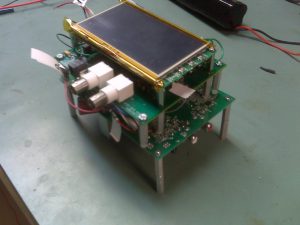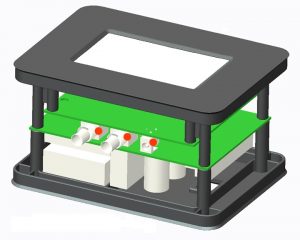
Basic research in university and government labs have traditionally been the cornerstone of scientific advancement. The National Institutes of Health alone spends over $30 billion each year to fund research. However, much of the research fails to directly impact society. Recently, there has been a push to bring the various techniques, tools, and concepts from the academic setting to real world use, and the importance of technology transfer has started to gain traction. Universities are increasingly devoting resources towards support of startups and spinoffs, and the concept of “bench to bedside” approaches are increasingly common in research hospitals as well as the biotechnology and biomedical industries.

There are many practical barriers to the success of such enterprises, and scientists may focus attention on business difficulties due to less familiarity. Often overlooked is the need to translate scientific capabilities into engineering specifications to develop a user-friendly system. There is great value in translating the flexible and open-ended requirements of scientific labs into the well-defined specifications required to implement a product. This is the key part of technology transfer.
This is where an experienced engineering firm with end-to-end system integration capabilities and the right personnel can be critical. An engineering shop with wide ranging internal expertise can lead to a more streamlined approach to rapid development and iterations. Our staff’s experience includes not only decades of system integration using LabVIEW, but also significant research (including a Ph.D. in biophysics) and technology transfer experience, allowing us to understand the needs and effectively communicate with scientists wishing to bring their research out to the world.

We have repeatedly demonstrated that LabVIEW can provide a unifying and underlying platform on which to perform this translation for each technology transfer stage, from “academic research” to “internal R&D,” to “delivering prototypes to partners” to a final “product.” LabVIEW can be used to control a wide range of instruments that meet the needs and price points of systems at each of these stages. In addition, password protection, project management, and application deployment tools allow for IP protection and collaboration with strategic partners. LabVIEW can also cut time on often tedious aspects of programming such as the user interface, something oft neglected in the research setting. However, the visual presentation of a system and its ease of use can strongly affect the impression on strategic partners.
A broadly-skilled engineering firm can understand the current and future needs of the research being done, translate these requirements into engineering specifications, and provide a clean GUI and system design that provides a unifying vision to successfully transfer technology to the commercial sector.